Best PowerShell Tools to Buy in December 2025
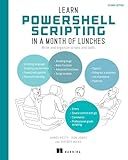
Learn PowerShell Scripting in a Month of Lunches, Second Edition: Write and organize scripts and tools


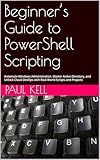
Beginner’s Guide to PowerShell Scripting: Automate Windows Administration, Master Active Directory, and Unlock Cloud DevOps with Real-World Scripts and Projects


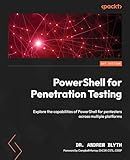
PowerShell for Penetration Testing: Explore the capabilities of PowerShell for pentesters across multiple platforms


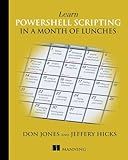
Learn PowerShell Scripting in a Month of Lunches


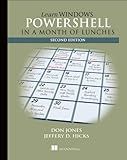
Learn Windows PowerShell in a Month of Lunches


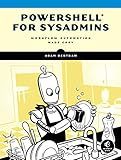
PowerShell for Sysadmins: Workflow Automation Made Easy


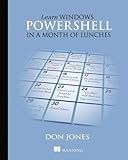
Learn Windows PowerShell in a Month of Lunches


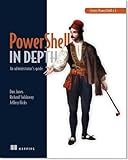
Learn PowerShell Toolmaking in a Month of Lunches


To search for content in files using PowerShell, you can use the Select-String cmdlet. This cmdlet allows you to search through files for specific strings or patterns. You can specify the file path and the string/pattern to search for as parameters.
For example, to search for the string "example" in a file named "file.txt", you can use the following command:
Select-String -Path C:\path\to\file.txt -Pattern "example"
This will return any lines in the file that contain the string "example".
You can also use wildcards and regular expressions to search for more complex patterns in files. Additionally, you can search through multiple files by providing a wildcard for the file path, such as C:\path\to\*.txt to search through all .txt files in the specified directory.
Overall, using the Select-String cmdlet in PowerShell allows you to easily search for content in files, making it a powerful tool for finding information quickly and efficiently.
How to search for content in multiple files using PowerShell?
To search for content in multiple files using PowerShell, you can use the Select-String cmdlet. Here's an example of how you can do this:
- Open PowerShell by searching for it in the start menu or by pressing Win + X and selecting "Windows PowerShell".
- Navigate to the directory where your files are located using the cd command. For example, if your files are in a folder called "Documents", you can type cd Documents to navigate to that folder.
- Use the following command to search for a specific keyword or phrase in all the files in the current directory:
Get-ChildItem | Select-String -Pattern "keyword"
Replace "keyword" with the term you want to search for in the files. This command will search for the keyword in all files in the current directory and display the matching lines.
- If you want to search for content in specific types of files, you can specify the file extension in the Get-ChildItem command. For example, to search for content in text files (.txt), you can use the following command:
Get-ChildItem *.txt | Select-String -Pattern "keyword"
- You can also search for content recursively in subdirectories by adding the -Recurse parameter to the Get-ChildItem command. Here's an example:
Get-ChildItem -Recurse | Select-String -Pattern "keyword"
This will search for the keyword in all files in the current directory and all subdirectories.
- After running the command, PowerShell will display the filename, line number, and the matching line of text for each occurrence of the keyword in the files.
By following these steps, you can search for content in multiple files using PowerShell.
How to search for the last modified file in a directory using PowerShell?
You can use the following PowerShell command to search for the last modified file in a directory:
Get-ChildItem -Path "C:\path\to\directory" | Sort-Object LastWriteTime -Descending | Select-Object -First 1
This command retrieves all files in the specified directory, sorts them based on their LastWriteTime in descending order (from newest to oldest), and then selects the first file from the sorted list, which will be the last modified file in the directory.
Simply replace "C:\path\to\directory" with the actual path to the directory you want to search in.
How to search for files containing a specific phrase in PowerShell?
To search for files containing a specific phrase in PowerShell, you can use the Select-String cmdlet along with the Get-ChildItem cmdlet. Here's an example of how you can do this:
- Open PowerShell.
- Use the following command to search for files containing a specific phrase:
Get-ChildItem -Recurse | Select-String -Pattern "your_phrase_here"
Replace "your_phrase_here" with the specific phrase you want to search for.
- This command will search for the specified phrase in all files within the current directory and its subdirectories. If you want to search in a specific directory, you can specify the directory path after Get-ChildItem:
Get-ChildItem -Path "C:\Path\To\Directory" -Recurse | Select-String -Pattern "your_phrase_here"
- After running the command, PowerShell will display a list of files that contain the specified phrase along with the line number and the matching text within the file.
What is the default search behavior in PowerShell when searching for content in files?
In PowerShell, the default search behavior when searching for content in files using the Select-String cmdlet is case-insensitive. This means that the search is not case-sensitive by default, but you can use the -CaseSensitive parameter to perform a case-sensitive search if desired.
